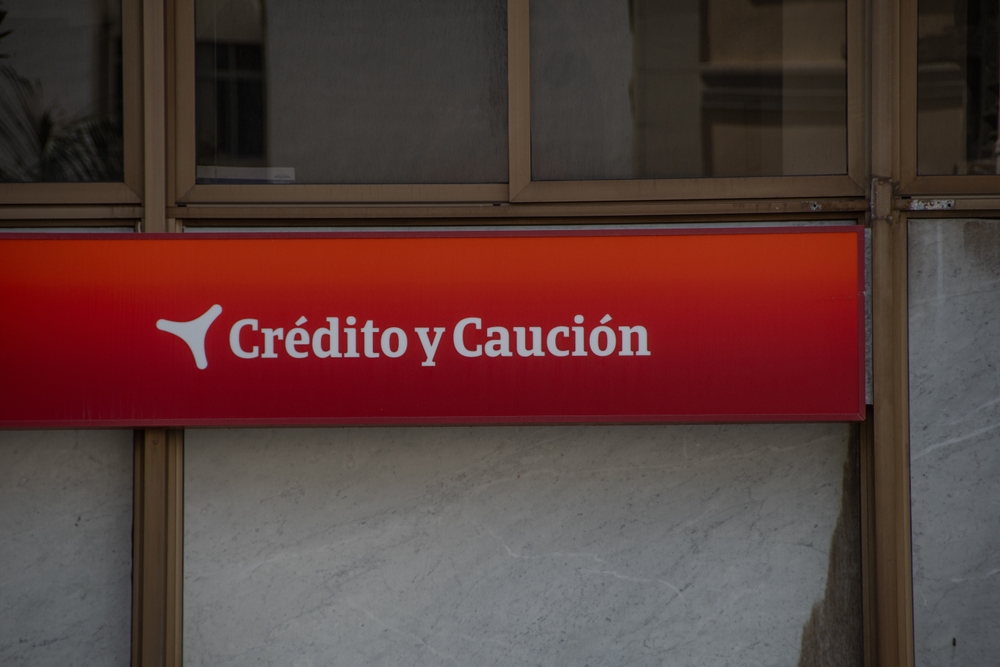The emergence of captive insurance as a mechanism for reinsuring surety bonds represents an innovative frontier in risk management. Though complex, the idea is feasible and potentially transformative for large organizations with substantial bonded obligations. By leveraging existing captive structures to reinsure surety exposures, firms can improve capital efficiency, exercise greater control over underwriting and claims, and reduce costs, . . . the very purpose of captives. Despite regulatory, actuarial, and structural challenges, the model’s growing adoption, particularly in the United States and European Union, demonstrates its practical viability (Wright, 2025).
The Conceptual Framework
Captive insurance companies allow corporations to self-insure risks such as property, casualty, or employee benefits. These entities are wholly owned by their parent companies and are used to underwrite and retain a portion of the risks otherwise transferred to commercial insurers. In the context of surety, a tripartite relationship exists between the principal (often the corporation), the obligee (beneficiary of the bond), and the surety (guarantor). Through a fronting arrangement, a commercial surety issues the bond to the obligee while ceding a portion of the risk and premium to the captive through a reinsurance contract (Wright, 2025). The model enables the parent organization to transform the captive into a reinsurer of its surety obligations, effectively internalizing a share of the credit risk. It bridges two historically distinct domains, insurance and surety, by integrating a risk-transfer mechanism that aligns capital deployment with enterprise risk management objectives. The feasibility of such integration has been proven by major corporations, including a Fortune 20 retailer cited by Alliant Insurance Services, which successfully reinsures its surety bonds through its captive (Wright, 2025).
Financial Efficiency and Capital Optimization
The foremost argument for feasibility lies in the model’s capital efficiency. Surety bonds, while not recorded as debt, often tie up credit capacity and collateral. Reinsuring these bonds through a captive allows a parent company to recycle capital within its corporate ecosystem rather than transferring it externally. The captive’s surplus can thus serve as a financial buffer against surety claims, reducing dependence on third-party surety markets. According to Wright (2025), the Fortune 20 company’s arrangement achieved significant premium savings and more efficient capital deployment by adding surety reinsurance as a new line of business. From a financial engineering perspective, this mechanism mirrors risk-retention practices already commonplace in other lines of insurance. Captive reinsurers have long been used to manage high-frequency, low-severity losses in workers’ compensation and liability programs (Harrington, 2020). Extending this approach to surety, which generally involves low-frequency but moderate to high-severity risks, aligns with the growing sophistication of corporate risk-financing models. By retaining a measured portion of surety exposure, the captive improves the parent’s return on risk capital without materially increasing default probability.
Regulatory and Structural Feasibility
Do regulatory constraints make captive reinsurance of surety impractical? The structure is legally sound and increasingly recognized by regulators when properly designed. The National Association of Insurance Commissioners (NAIC) and comparable bodies in EU domiciles have established frameworks for captive reinsurers that emphasize solvency, governance, and actuarial soundness rather than product-specific restrictions (NAIC, 2024). Under U.S. law, a fronting surety may issue bonds in compliance with statutory requirements while entering into a reinsurance agreement with a licensed captive domiciled in an acceptable jurisdiction. This fronting and retrocession structure ensures that the obligee receives the full protection of an admitted surety while enabling risk transfer to the captive. Wright (2025) explains, “in the event of a claim, the surety first seeks resolution through the captive. If the captive fails to respond, the surety satisfies the claim and pursues reimbursement, ensuring no coverage gap.” Several leading captive domiciles, including Vermont, Bermuda, and Guernsey, have explicitly accommodated such hybrid arrangements, recognizing their contribution to enterprise risk management innovation (Bermuda Monetary Authority, 2023). With adequate capitalization (which tends to be pretty high for surety), rigorous governance, and actuarial validation, captives are fully capable of meeting the solvency standards necessary to reinsure surety bonds.
Operational Feasibility and Risk Management Considerations
Operational feasibility is another critical factor in defending the model. Modern captives possess sophisticated claims, underwriting, and governance systems that rival those of traditional insurers. These systems are capable of handling surety reinsurance, provided the captive’s management partners with experienced surety underwriters and actuaries. Moreover, the risk characteristics of surety bonds lend themselves to captive retention. Default rates in well-managed surety portfolios remain low, typically below one percent of written premium (SFAA, 2023). The severity of losses, while potentially large, is mitigated by strong indemnity agreements between the surety, principal, and captive owner. In this context, the captive acts less as a pure insurer of uncertain losses and more as a structured credit guarantor with predictable exposure to its own affiliate’s performance. Also worth noting, the internal alignment between the captive and its parent reduces moral hazard. Because both entities share economic interests, the captive reinforces the principal’s commitment to contractual performance. This contrasts sharply with traditional surety models, where a third-party surety must rely solely on indemnity provisions and external financial data. Hence, the captive model enhances both underwriting discipline and claim recoverability.
Market Dynamics and Precedent
The growing number of captive-surety structures among large multinationals further underscores feasibility. As Wright (2025) reports, demand has expanded across industries where surety bonds serve as regulatory or financial guarantees, energy, construction, and retail among them. The flexibility of captives allows these firms to tailor retention levels and reinsurance percentages according to their risk appetite. This development aligns with broader trends in alternative risk transfer (ART). The convergence of insurance and capital markets through insurance-linked securities, finite reinsurance, and cell captives has normalized bespoke risk-sharing vehicles (Cummins & Weiss, 2019). Within this continuum, captive-backed surety reinsurance represents a natural evolution.
Challenges and Mitigations
While the model is feasible, success depends on careful design. One major challenge is ensuring adequate capitalization. Surety obligations can be large, so the captive must maintain sufficient surplus to satisfy reinsurance recoverables. Actuarial stress testing and catastrophe modeling mitigate this risk. Another challenge lies in gaining acceptance from fronting sureties. Many established surety companies are cautious about captive participation. However, as market precedents accumulate, resistance has diminished. Fronting carriers increasingly recognize captives as credible counterparties, provided collateral, letters of credit, or trust agreements secure the reinsurance obligations (Wright, 2025). Also, governance and regulatory reporting require appropriate diligence. Captive boards must include members with expertise in surety, credit risk and insurance generally. Periodic audits must confirm the integrity of loss reserves and reinsurance recoverables (NAIC, 2024). These measures, already standard for captives, extend naturally to surety lines.
The reinsurance of surety bonds through captive insurance structures is not merely theoretically possible. It is operationally, legally, and financially feasible for sophisticated insurance consumers. As demonstrated by some large-scale adopters, the model delivers tangible benefits in capital optimization, cost control, and risk alignment. Regulatory environments in major domiciles increasingly accommodate such structures, and market precedent confirms their viability. Challenges exist, however, they are neither novel nor insurmountable. With proper capitalization, governance, and fronting partnerships, captive reinsurance of surety bonds represents an innovative and defensible evolution of the global risk-financing paradigm.
~ C. Constantin Poindexter, MA, JD, CPCU, AFSB, ASLI, ARe
References
- Bermuda Monetary Authority. (2023). Guidance Notes on the Supervision of Captive Insurers. Hamilton, Bermuda: BMA Publications.
- Cummins, J. D., & Weiss, M. A. (2019). Alternative Risk Transfer: Integrated Risk Management through Insurance and Capital Markets. Journal of Risk and Insurance, 86(3), 673–707.
- Harrington, S. (2020). Corporate Risk Retention and the Role of Captives. Risk Management and Insurance Review, 23(2), 145–168.
- National Association of Insurance Commissioners (NAIC). (2024). Captive Insurance Regulatory Framework. Washington, DC: NAIC Publications.
- Surety & Fidelity Association of America (SFAA). (2023). Annual Statistical Report on the U.S. Surety Market. Washington, DC: SFAA.
- Wright, A. (2025, October 16). Using Captive Insurance to Reinsure Surety Bonds: A Growing Opportunity. Captive.com. https://www.captive.com/news/using-captive-insurance-to-reinsure-surety-bonds-a-growing-opportunity








































